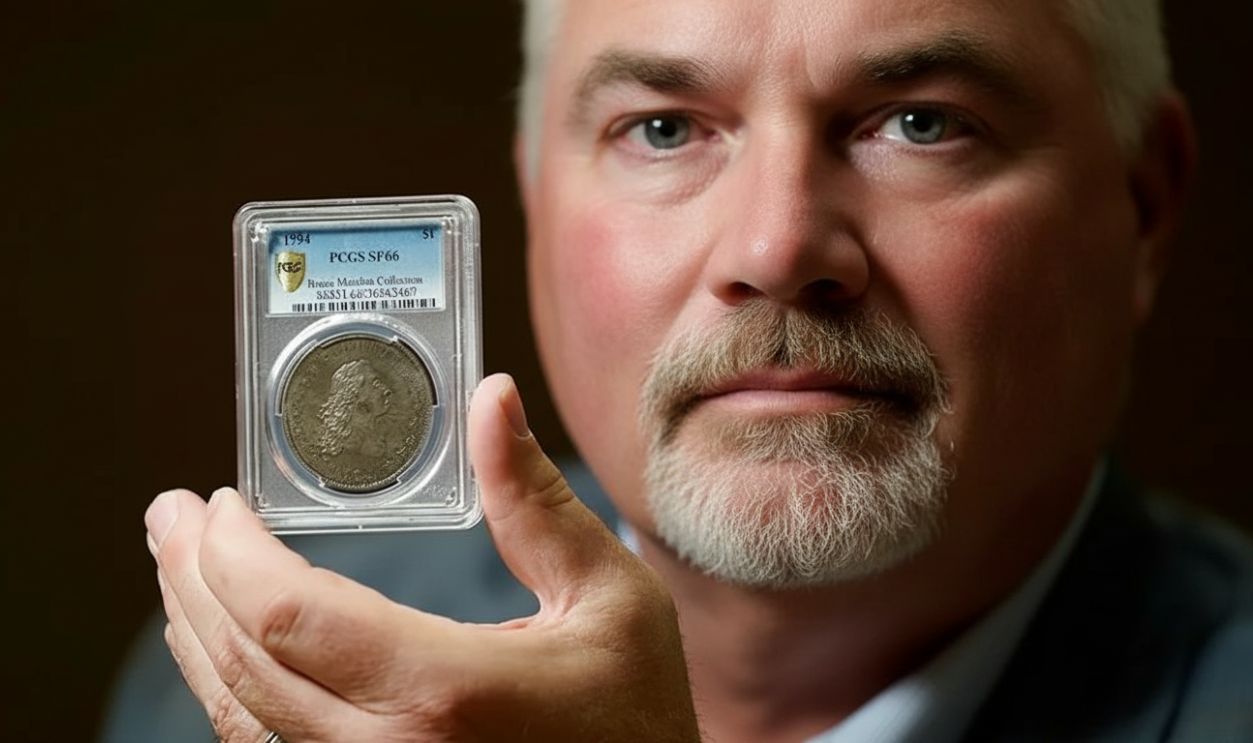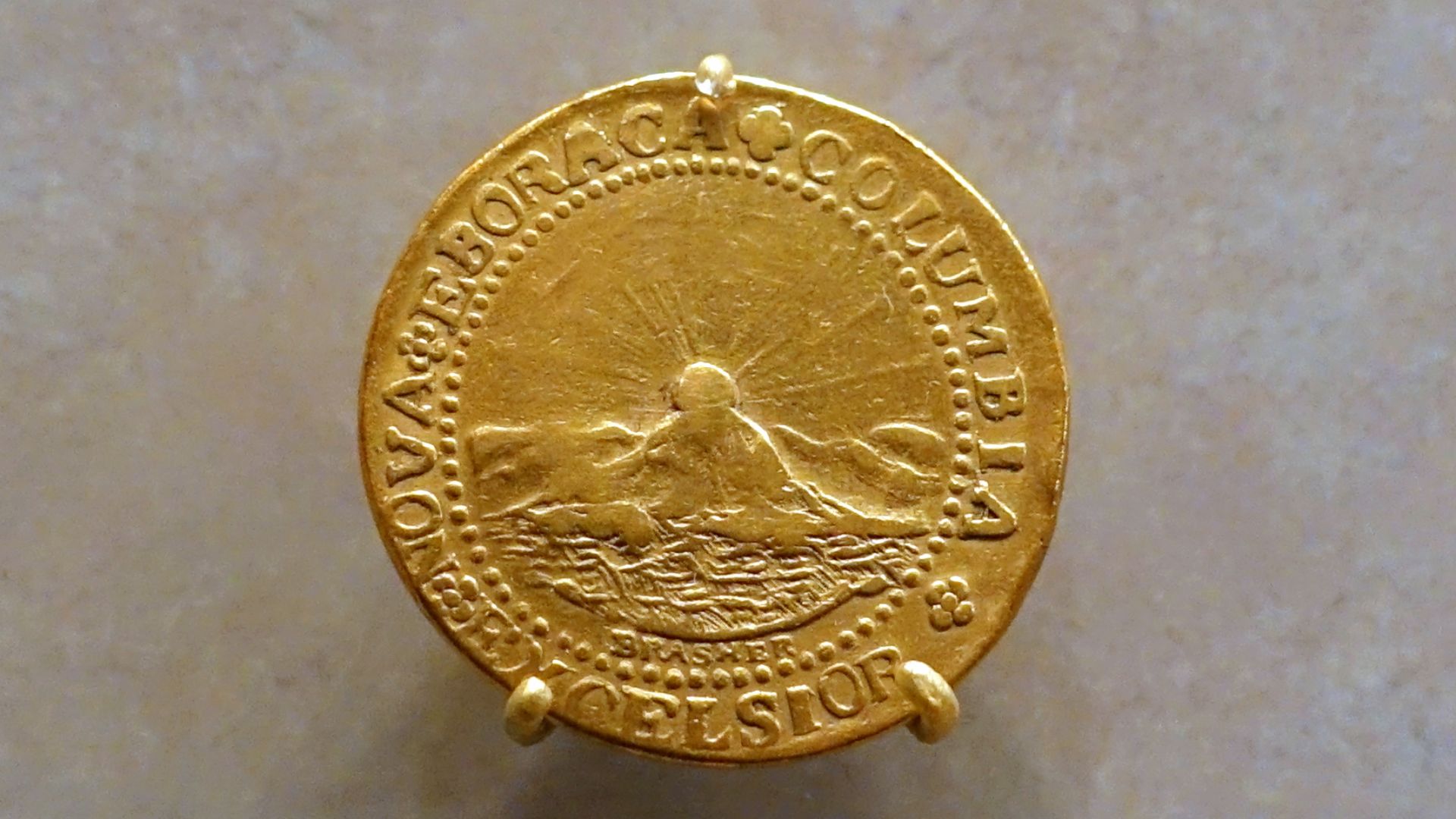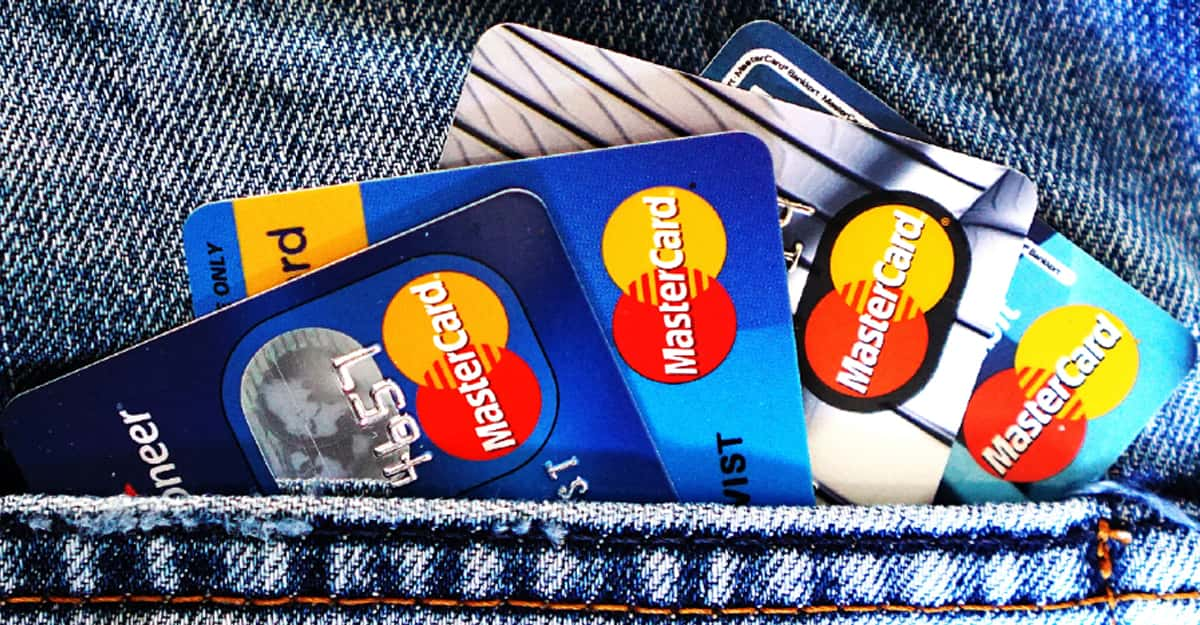When Spare Change Turns Into History
Nobody expects a tiny piece of metal to hold secrets that outlast entire lifetimes, yet some coins carry histories that feel almost unbelievable. They are artifacts with attitudes and wild pasts that rewrote their own worth.

1. 1933 Double Eagle ($18.9M)
Struck but never officially released, this $20 gold coin became a legal anomaly. One specimen, once owned by King Farouk, was auctioned in 2021 for $18.9 million, which made it the most expensive coin ever sold. Its survival defied government melt orders during Roosevelt’s gold recall.
 Unknown author, Wikimedia Commons
Unknown author, Wikimedia Commons
2. 1794 Flowing Hair Silver Dollar ($12M)
Believed to be the first silver dollar minted by the US, this coin symbolizes the birth of American currency. With sharp details and mirror-like surfaces, it sold privately for $12 million in 2022. This sale set a record for any silver coin and showcased early Mint craftsmanship.
 United States Mint, Smithsonian Institution, Wikimedia Commons
United States Mint, Smithsonian Institution, Wikimedia Commons
3. 1787 Brasher Doubloon (EB On Wing) ($9.36M)
Privately minted by New York goldsmith Ephraim Brasher, this gold coin predates the US Mint. Its EB hallmark on the eagle’s wing marks its authenticity. Sold in 2021 for $9.36 million, it’s a rare relic of pre-federal American coinage and private enterprise.
 Image courtesy of Heritage Auctions, Wikimedia Commons
Image courtesy of Heritage Auctions, Wikimedia Commons
4. 1822 Half Eagle ($8.4M)
Only three pieces of this $5 gold coin exist, and the Smithsonian holds two. The third sold in 2021 for $8.4 million. It’s the rarest regular-issue US gold coin, minted during a time of limited gold circulation and early Mint experimentation.
 US Mint (coin), National Numismatic Collection (photograph by Jaclyn Nash, Wikimedia Commons
US Mint (coin), National Numismatic Collection (photograph by Jaclyn Nash, Wikimedia Commons
5. 1804 Draped Bust Dollar (Class I) ($7.68M)
Though dated 1804, these silver dollars were struck in the 1830s as diplomatic gifts. Known as “The King of American Coins,” one sold for $7.68 million. Its rarity and backstory—never intended for circulation—make it a centerpiece of elite numismatic collections.
 United States Mint, Smithsonian Institution, Wikimedia Commons
United States Mint, Smithsonian Institution, Wikimedia Commons
6. 1787 Brasher Doubloon ($7.3M)
The 1787 Brasher Doubloon bearing the EB stamp on the chest sold for $7,395,000 in December 2011. Privately minted and graded AU-50, it was handled by Blanchard and Company and remains a major example of Ephraim Brasher’s early gold coinage work.
7. 1861 Paquet Liberty Head Double Eagle ($7.2M)
The 1861 Paquet Liberty Head double eagle, graded MS-67 CAC and originating from the Norweb holdings, appeared at Heritage Auctions on August 18, 2021. During that sale, the coin raised $7.2 million, which reflected its exceptional preservation and its connection to the brief Paquet design period.
 Image courtesy of Heritage Auctions, Wikimedia Commons
Image courtesy of Heritage Auctions, Wikimedia Commons
8. 723 Umayyad Gold Dinar ($6.0M)
Minted in 723 CE, this Umayyad gold dinar bears inscriptions linking it to a gold mine owned by Caliph Al-Walid I. As one of the earliest Islamic coins with direct historical provenance, it sold for $6 million and became the most valuable Middle Eastern coin.
 Khalili Collections, Wikimedia Commons
Khalili Collections, Wikimedia Commons
9. 1870 Three-Dollar Piece ($5.52M)
The 1870 Three-dollar piece sold for $5.52M in January 2023 through Heritage Auctions. Struck at the San Francisco Mint, this United States issue remains one of that facility’s most notable rarities, and its auction appearance marked a significant moment for collectors of early gold coinage.
10. 1804 $10 Proof Eagle, DCAM ($5.28M)
Graded PR-65+ CAC and linked to the Woodin, Col Green, and Simpson collections, the 1804 $10 Proof Eagle–DCAM sold at Heritage Auctions in January 2021, where collector demand for premier US proof gold contributed to the $5.28M price it achieved.
 Image courtesy of Heritage Auctions, Wikimedia Commons
Image courtesy of Heritage Auctions, Wikimedia Commons
11. 1913 Liberty Head Nickel: Eliasberg Specimen ($5M)
One of only five known, the Eliasberg specimen of the 1913 Liberty Head Nickel is graded PR-66 CAC, which makes it the finest example. Sold privately in April 2007 for $5 million by Ronald J Gillio, its provenance includes legendary collector Louis Eliasberg.
 The original uploader was Crotalus horridus at English Wikipedia., Wikimedia Commons
The original uploader was Crotalus horridus at English Wikipedia., Wikimedia Commons
12. 1907 Saint-Gaudens Double Eagle: Ultra High Relief ($4.75M)
Designed by Augustus Saint-Gaudens, this $20 gold coin is hailed as the most beautiful American coin ever minted. The Ultra High Relief version was struck in extremely limited numbers due to production difficulties. A PR-68 CAC specimen was sold privately in December 2021.
 Image courtesy of Heritage Auctions, Wikimedia Commons
Image courtesy of Heritage Auctions, Wikimedia Commons
13. 1913 Liberty Head Nickel (Olsen Specimen) ($4.5M)
Only five known examples exist of this unauthorized coin. The Olsen specimen, once owned by King Farouk and featured on TV’s Hawaii Five-0, sold for $4.5 million. Its mysterious origin and pop culture fame make it one of the most talked-about coins in US history.
 Photo taken by Heritage Auctions, CC BY-SA 3.0, Wikimedia Commons
Photo taken by Heritage Auctions, CC BY-SA 3.0, Wikimedia Commons
14. 42 BC Aureus Of Marcus Junius Brutus ($4.17M)
This Roman aureus, struck in 42 BC, depicts Marcus Junius Brutus—the infamous assassin of Julius Caesar. Featuring his portrait alongside classical motifs, it is one of the few coins openly celebrating Caesar’s passing. Auctioned by Roma Numismatics Limited, it realized $4.17M.
 Classical Numismatic Group, Inc. http://www.cngcoins.com, CC BY-SA 2.5, Wikimedia Commons
Classical Numismatic Group, Inc. http://www.cngcoins.com, CC BY-SA 2.5, Wikimedia Commons
15. 1898 Single 9 Pond ($4.00M)
This legendary South African gold coin was struck during the Anglo-Boer War when only one specimen was produced. To mark its uniqueness, the number “9” was hand-punched into the obverse. Once owned by King Farouk of Egypt, it was sold in a private transaction as South Africa’s rarest coin.
 User:Martinvl, Wikimedia Commons
User:Martinvl, Wikimedia Commons
16. 1804 Bust Dollar: Class I ($3.87M)
Few coins inspire awe like the 1804 Bust Dollar: Class I. Struck decades after its date, it was never meant for circulation but for diplomacy. Collectors prize its rarity—only eight exist. The PR-62 Mickley–Hawn–Queller specimen commanded $3.87 million at Heritage Auctions, a crown jewel of numismatics.
 Unknown author, Wikimedia Commons
Unknown author, Wikimedia Commons
17. 1873 No Arrows ($3.60M)
In 1873, the US Mint altered the Liberty Seated Dollar design by adding arrows beside the date. But a handful of coins escaped this change, creating the “No Arrows” rarity. The Prestwick Collection’s PR‑66 proof sold for $3.6 million at Heritage Auctions, a dramatic reminder of fleeting minting decisions.
 Image courtesy of Heritage Auctions, Wikimedia Commons
Image courtesy of Heritage Auctions, Wikimedia Commons
18. 1795 Eagle, 9 Leaves ($3.36M)
Collectors know the 1795 Eagle with the 9 Leaves reverse as the earliest, hard-to-find version of America’s first gold coins. The Pogue MS‑63+ specimen sold for $3.36 million, which showed that even centuries‑old mint quirks can command superstar prices.
 Coin by Robert Scot, image by Wehwalt, Wikimedia Commons
Coin by Robert Scot, image by Wehwalt, Wikimedia Commons
19. 409–406 BC Agrigentum Decadrachm ($2.91M)
During the late 5th century BC, the city of Agrigentum in Sicily produced the Decadrachm, a coin of breathtaking artistry. Its detailed depictions of chariots and eagles symbolized civic pride. One example sold for $2.91 million at Numismatica Ars Classica, a timeless relic of Greek craftsmanship and ambition.
 ArchaiOptix, CC BY-SA 4.0, Wikimedia Commons
ArchaiOptix, CC BY-SA 4.0, Wikimedia Commons
20. 1795 Capped Bust Gold Eagle ($2.71M)
Think of the 1795 Capped Bust Gold Eagle as the “OG” of US gold coins. With Liberty rocking her cap, it’s a design that screams vintage cool. The MS‑63+ CAC specimen sold for $2.71 million at GreatCollections to show that old-school bling still rules the collector world.
 US Mint (coin), National Numismatic Collection (photograph by Jaclyn Nash), Wikimedia Commons
US Mint (coin), National Numismatic Collection (photograph by Jaclyn Nash), Wikimedia Commons
21. 1825 Constantine Ruble ($2.64M)
When Tsar Alexander I died in 1825, Russia briefly faced a succession crisis. Coins were prepared in Constantine’s name, though he declined the throne. The Constantine Ruble became a symbol of what might have been. One example sold at Stack’s Bowers for $2.64 million, a relic of imperial uncertainty.
 The original uploader was Mitrius at Russian Wikipedia, Wikimedia Commons
The original uploader was Mitrius at Russian Wikipedia, Wikimedia Commons
22. 1792 Birch Cent ($2.58M)
The 1792 Birch Cent reflects early experimentation inside America’s developing Mint, which carried design ideas linked to engraver Robert Birch. Liberty appears with flowing hair on this prototype piece, a glimpse into the nation’s earliest coinage debates. Its significance secured a $2.6 million sale.
 Robert Birch (coin), National Numismatic Collection, Wikimedia Commons
Robert Birch (coin), National Numismatic Collection, Wikimedia Commons
23. 1880 $4 Coiled Hair ($2.57M)
It is one of the rarest experimental gold coins ever produced by the U.S. Mint, created during early efforts to introduce an international trade coin. Its distinctive Coiled Hair Liberty design and extremely limited mintage make surviving examples valuable, which is why this piece realized $2.5M at Bonhams.
 US Mint (coin), National Numismatic Collection (photograph by Jaclyn Nash), Wikimedia Commons
US Mint (coin), National Numismatic Collection (photograph by Jaclyn Nash), Wikimedia Commons
24. 1808 Quarter Eagle ($2.35M)
This coin is a one-year type and one of the scarcest early U.S. gold coins, prized for its unique Capped Bust design and extremely limited mintage. Most survivors show heavy wear, which makes high-quality examples exceptionally desirable. Its rarity and historical significance drove this piece to $2.3M.
 US Mint (coin), National Numismatic Collection (photograph by Jaclyn Nash), Wikimedia Commons
US Mint (coin), National Numismatic Collection (photograph by Jaclyn Nash), Wikimedia Commons
25. 1793 Chain Cent S-4 ($2.35M)
The 1793 Chain Cent S-4 is one of the earliest coins struck by the U.S. Mint, known for its simple chain design and its place at the very start of American coinage. Surviving pieces are extremely scarce, and strong collector demand pushed this example to $2.35M at Heritage Auctions.
 US Mint (coin), National Numismatic Collection (photograph by Jaclyn Nash), Wikimedia Commons
US Mint (coin), National Numismatic Collection (photograph by Jaclyn Nash), Wikimedia Commons









